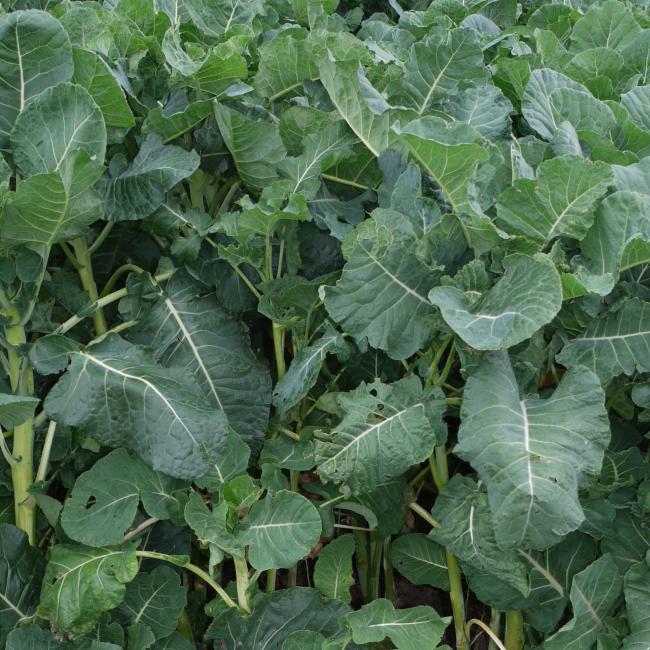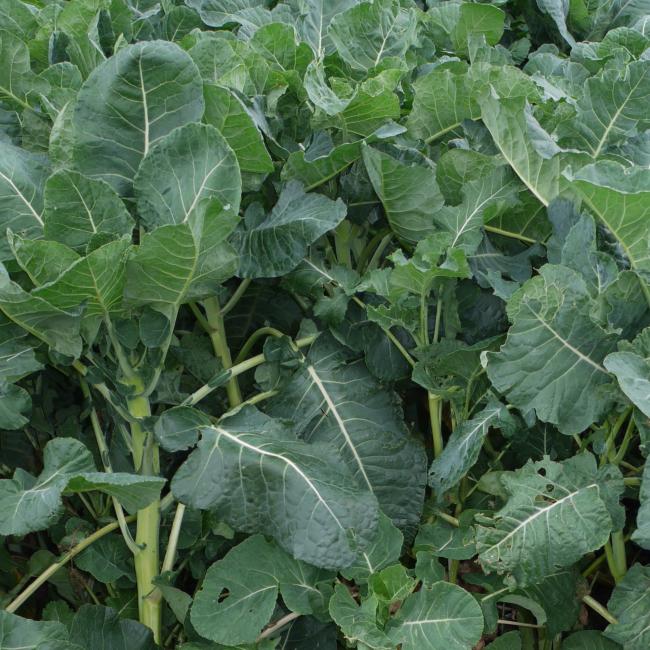Kale
130–190 days to maturity
Kale is slightly faster maturing than Swedes with similar yield potential, but lower energy density and higher protein content.
For stock use we focus on very high digestibility types, like Kestrel and Keeper, with high leaf/stem ratio, highly digestible stems and low level of SMCOs (Sulphur compounds found in Brassicas, especially in late winter, which can reduce animal performance by causing anaemia in stock). They should be well fertilised for optimum performance.
Ask for our Kale Crop Costs and Growers Guidelines
Seed Treatment Options: U = Untreated S=Start-Up
Variations
Keeper

Our top-selling Kale. A cross between Kale and Brussels Sprout, Bittern is a tall variety with very high yield potential and good digestibility. It is very winter hardy.
Can be used for both sheep and cattle grazing.
Kestrel
Dwarf Kale with the highest ‘D’ value. Very high leaf/stem ratio. Low levels of SMCO, relative to others, optimising winter stock performance. Good bolting and mildew resistance so suitable for spring planting for summer/autumn feeding as well as June sowing for autumn/winter use.
Proteor
A high-yielding, leafy kale. Intermediate height thin stems and high leaf to stem ratio giving good ‘D’ value and palatability. High yields and ‘D’ value similar to Bittern, but not quite as hardy.
Tolerant of Clubroot and other diseases.
Caledonian

Medium height, high yielding, leafy Kale, bred by JHI in Scotland. Its quality and hardiness are intermediate between Kestrel and Bittern, but yield is higher. Clubroot tolerant.
| Planting method | Seed Rate |
|---|---|
|
Conventional and Direct Drill
|
0.8–2.0kg/acre (2–5kg/ha)
|
|
Broadcast
|
1.5–2.5kg /acre (3.7–6.2kg/ha)
|

